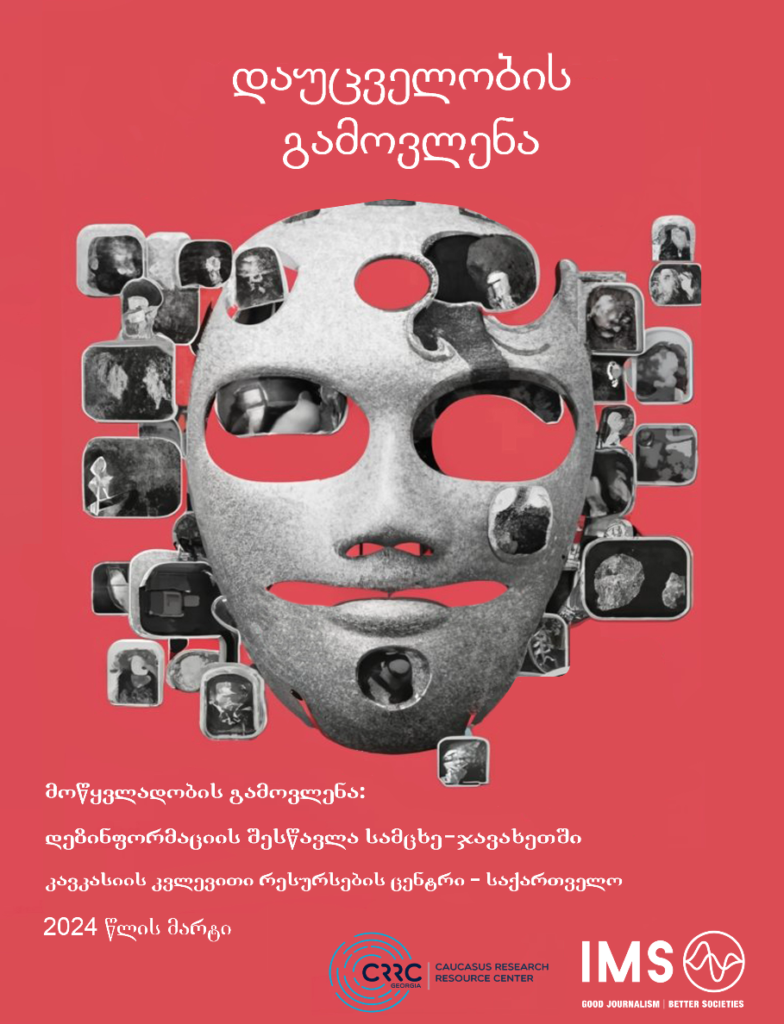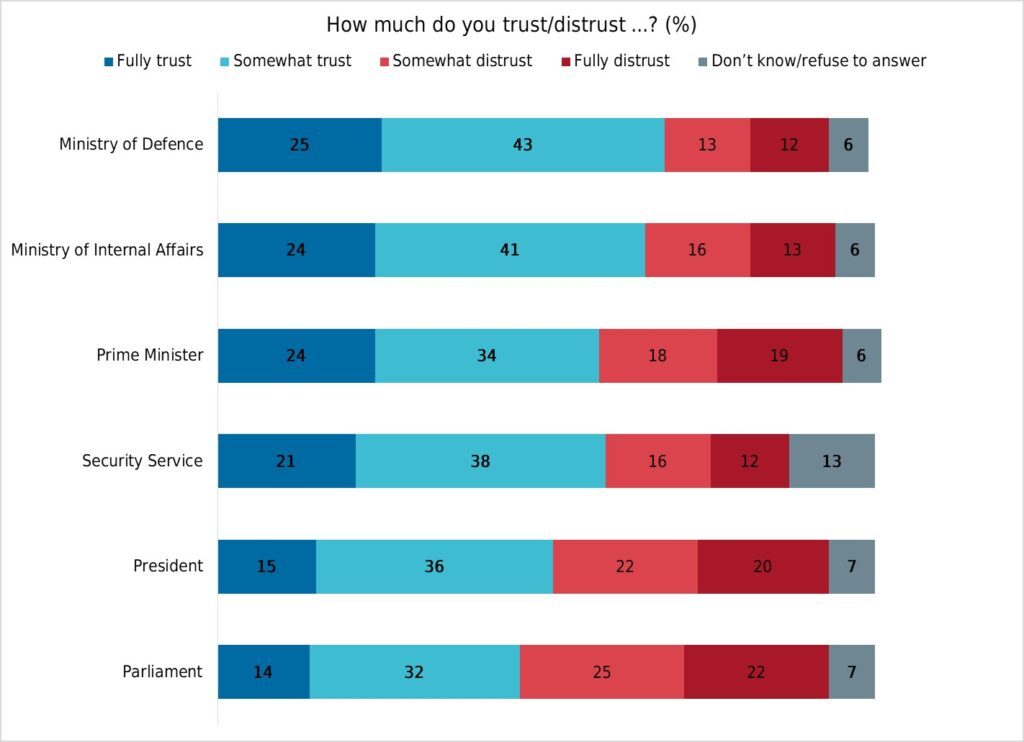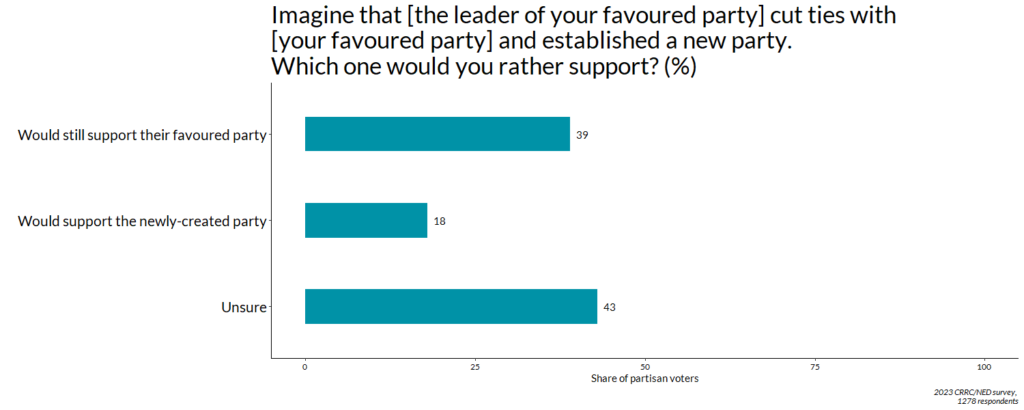Earlier this month The Economist published two articles (article one, article two) on imbalances in gender. In all societies there is, at birth, a sex ratio slightly biased in favor of boys: 103-106 boys to 100 girls. The number evens out later on as male babies have a higher mortality rate than female babies. In some parts of the world, however, there currently is an abnormally high number of boys being born.
The Economist explains the phenomenon of imbalances in the genders by a preference in the society for boys, together with the modern family’s desire for a small family and the increased availability of sex-determining mechanisms such as ultrasounds. Some authors, and The Economist itself, have called this development “gendercide” (to use the title from Marry Anne Warren’s 1985 book). Globally, as many as 100 million girls are assumed to have “disappeared”.
The articles focus on China and India, countries that are said to have the highest rates of gender imbalances. But excessively high numbers of male babies is not a problem confined to the Far East. Data from the United Nations show the prevalence of distorted sex rates also in the South Caucasus. On the list of countries with the highest levels of gender imbalances we find Armenia, Azerbaijan and Georgia in the top (see chart below).

The problem of distorted sex ratios in the South Caucasus is not a new problem. After the collapse of the Soviet Union, there was an upsurge in the ratio of boys to girls in Armenia, Azerbaijan and Georgia. According to a UNICEF report from 2007 the sex ratios rose from normal levels in 1991 to 110-120 in 2000. These changes occurred simultaneously in all three countries, in sharp contrast to neighboring countries.

The problem of distorted sex ratios in the South Caucasus is not a new problem. After the collapse of the Soviet Union, there was an upsurge in the ratio of boys to girls in Armenia, Azerbaijan and Georgia. According to a UNICEF report from 2007 the sex ratios rose from normal levels in 1991 to 110-120 in 2000. These changes occurred simultaneously in all three countries, in sharp contrast to neighboring countries.
So why have we heard so little about this and where is the discussion today? Any thoughts on this?












